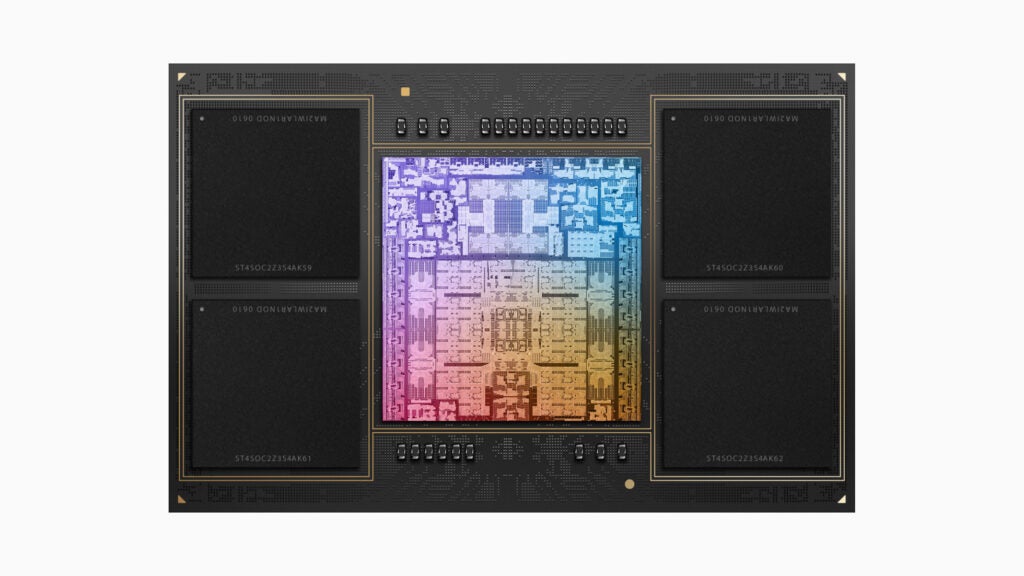Apple streamed its Scary Fast launch event on October 30, unveiling its latest range of Apple Silicon processors along with new MacBook Pros and an iMac to house them.
You may be wondering how the new Apple M3 chips compare to the existing Apple M2 series. Keep reading to discover all the major differences between the top-of-the-line Apple M3 Max and Apple M2 Max.
The Apple M3 Max is built on 3nm technology
The M3 series chips are the first Apple Silicon chips to be built using 3-nanometer process technology. This allows for more transistors to be squeezed into a smaller space, improving the chip’s speed and efficiency.
The Apple M3 Max, in particular, has 92 billion transistors compared to the M2 Max’s 67 billion representing a 37% increase over the previous generation.

The Apple M3 Max has a faster CPU
The CPU is also faster and more efficient on the M3 Max. The M3 Max benefits from 12 performance cores and 4 efficiency cores where the M2 Max had 8 performance cores and 4 efficiency cores.
The M3 performance cores up to 15% faster than those in the M2 family and up to 30% faster than those in the Apple M1 series. Meanwhile, the efficiency cores are up to 30% faster than the M2 chipsets and up to 50% faster than the M1 series.
Apple says you’ll see this benefit when running apps like Xcode and Logic Pro, as well as during everyday tasks.
The Apple M3 Max delivers improved graphics
Graphics have also been given a boost thanks to Apple’s next-generation GPU. According to the company, the M3 series offers the biggest leap forward in graphics architecture ever for Apple Silicon.
Not only is the GPU faster and more efficient than its predecessor, but it also benefits from new technologies. This includes Dynamic Caching, a feature that allocates the use of local memory in hardware in real time. This means that only the exact amount of memory needed is used in each task, increasing performance for pro apps and games.
The M3 Max also supports hardware-accelerated ray tracing and mesh shading, bringing these features to Mac for the first time. The former models the properties of light in real time to create more realistic and accurate shadows and reflections, while hardware-accelerated mesh shading enables more capable and efficient geometry processing, resulting in more visually complex scenes.

The Apple M3 Max has a faster Neural Engine
The Neural Engine has been given an update, too.
The Neural Engine, which accelerates machine learning models and algorithms, is up to 15% faster on the M3 Max than it is on the M2 family. It’s also up to 60% faster compared to the Apple M1.
This means AI workflows – such as scene edit detection in Adobe Premiere and Smart Conform in Final Cut Pro – will be faster on the M3 Max.
The Apple M3 Max includes more memory
The Apple M3 Max features up to 128GB of unified memory, whereas the M2 Max had up to 96GB of fast unified memory.
This should allow for improved performance, with Apple highlighting that AI developers can now work with larger transformer models with billions of parameters.




